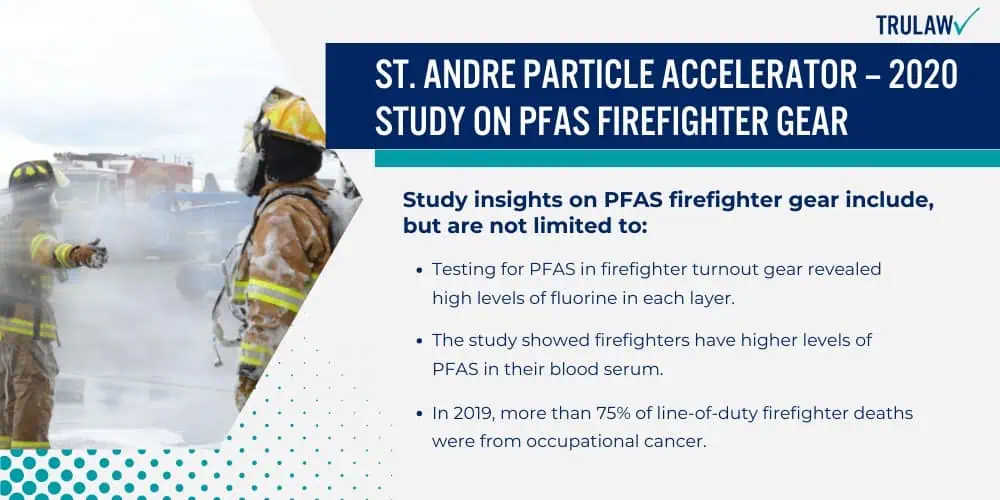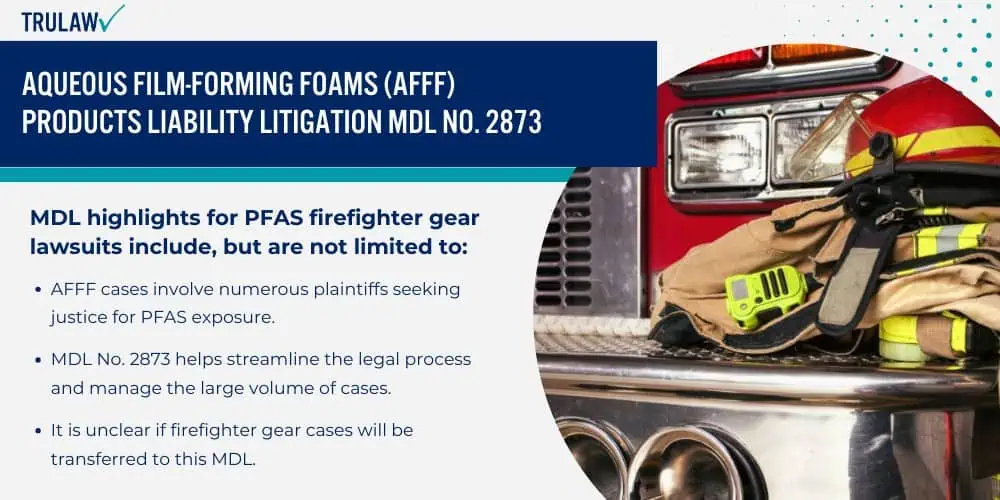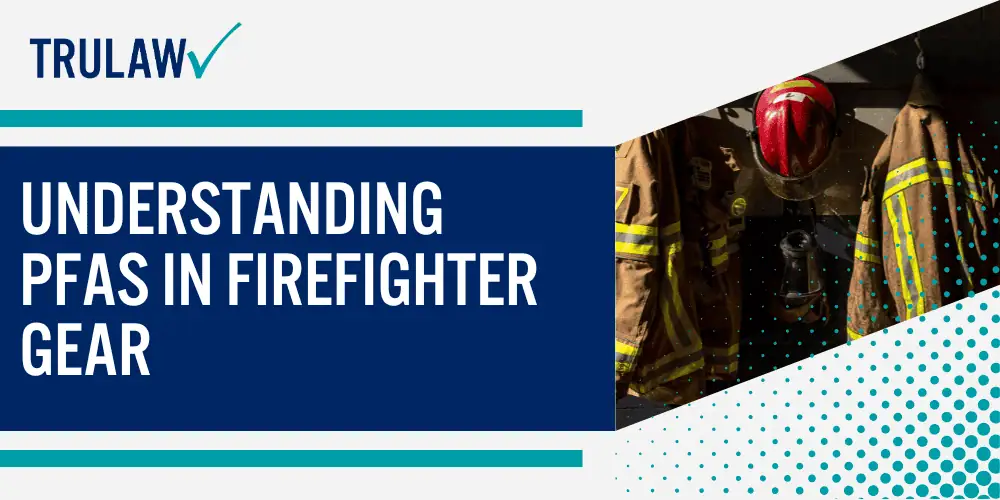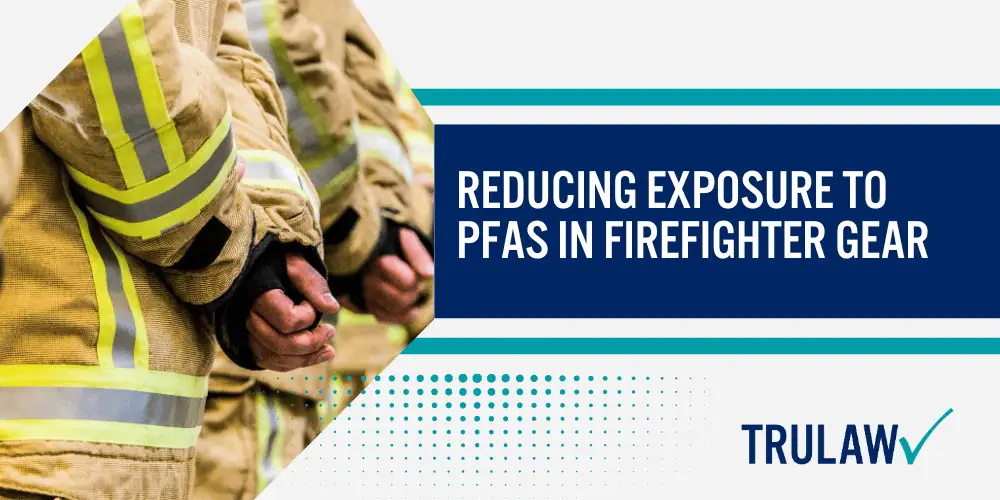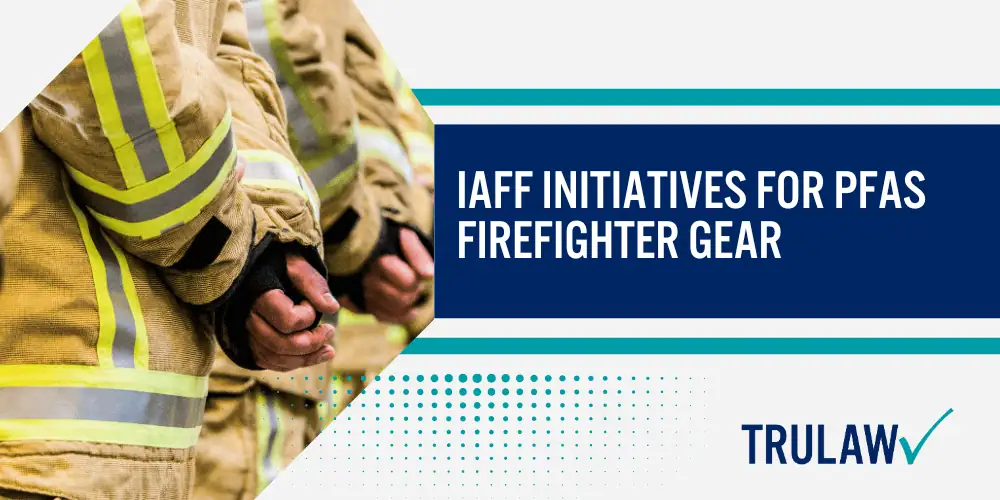PFAS exposure poses significant health risks to firefighters, including increased risk of cancers, suppressed immune function, hormone disruption, and elevated cholesterol.

The prolonged use of PFAS-contaminated firefighter gear exacerbates these health risks.
The following serious health risks have been associated with the prolonged use of PFAS in firefighter gear:
- Leukemia: PFAS exposure has been linked to an elevated risk of developing leukemia, a type of cancer that affects blood-forming tissues.
- Multiple Myeloma: Firefighters exposed to PFAS may have a higher likelihood of developing multiple myeloma, a cancer of plasma cells in the bone marrow.
- Non-Hodgkin Lymphoma: Studies suggest that prolonged exposure to PFAS can increase the risk of non-Hodgkin lymphoma, a cancer that originates in the lymphatic system.
Cancer Risks from PFAS Firefighter Gear and Equipment
PFAS exposure has been linked to a heightened risk of developing various types of cancer.
These risks necessitate stringent safety measures and regular health monitoring.
The cancer risks associated with PFAS firefighter gear include, but are not limited to:
- Testicular Cancer: A study by Purdue et al. found a significant association between elevated serum PFOS levels and an increased risk of testicular cancer among U.S. Air Force servicemen.
- Kidney Cancer: Research within the Multiethnic Cohort Study led by Rhee et al. indicated a positive association between elevated levels of PFNA and an increased risk of kidney cancer, especially among African American participants.
- Prostate Cancer: An investigation in the Prostate, Lung, Colorectal, and Ovarian Cancer Screening Trial (PLCO) suggests additional research is necessary to understand the association between PFAS and aggressive prostate cancer.
- Breast Cancer: A nested case-control study within the PLCO cohort found a positive association between serum PFOS concentrations and hormone receptor-positive breast cancer subtypes in postmenopausal women.
- Liver Cancer: Recent research confirmed that exposure to perfluorobutane sulfate (PFOS), a type of PFAS, is linked to an increased risk of hepatocellular carcinoma, the most common type of liver cancer.
- Lung Cancer: PFAS exposure has been associated with lung cancer. A study indicated that exposure to PFOS and PFOA promoted cancer cell migration, a precursor to metastasis, in lung cancer cells.
- Brain Cancer: Emerging evidence suggests a potential link between PFAS exposure and brain cancer.
- Stomach Cancer: A National Cancer Institute study indicated that PFAS exposure can disrupt digestive health and potentially lead to stomach cancer.
- Esophagus Cancer: The carcinogenic potential of PFAS has been linked to cancers of the esophagus, as observed by the Roswell Park Comprehensive Cancer Center.
- Intestinal Cancer: PFAS exposure has been associated with an increased risk of intestinal cancer, with research highlighting the disruption of cellular processes in the intestines.
- Rectal Cancer: A National Cancer Institute study found associations between long-term PFAS-contaminated water exposure and increased risk of rectal cancer.
- Bladder Cancer: Research identified a link between long-term PFAS exposure and elevated risk of bladder cancer, particularly through contaminated drinking water.
- Other serious injuries
Understanding these cancer risks is crucial for advocating for safer working conditions and better protective gear for our firefighters.
Other Health Impacts of PFAS Firefighter Gear
PFAS chemicals also contribute to other health issues affecting firefighters’ overall well-being.
Addressing these impacts can dramatically affect comprehensive health and safety protocols for PFAS chemicals.
Other health impacts of PFAS firefighter gear include, but are not limited to:
- Suppressed immune function and lower vaccine efficacy.
- Hormone disruption and impaired fertility.
- Elevated cholesterol and liver effects.
- Increased risk of thyroid disease and ulcerative colitis.
- Other serious injuries
These health impacts highlight the urgent need for regulatory measures and proactive health monitoring for firefighters.







